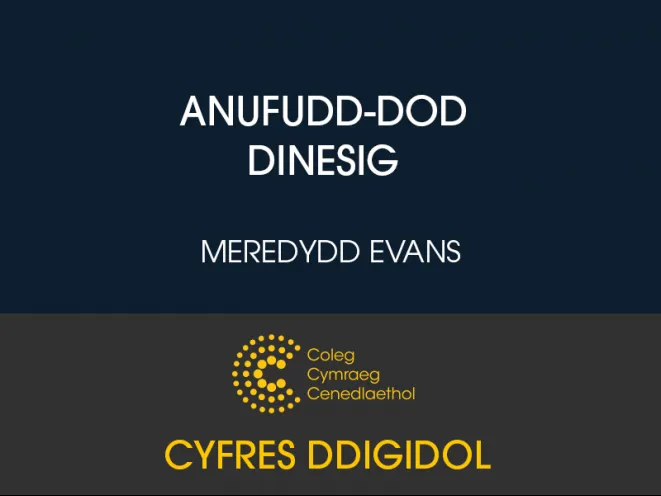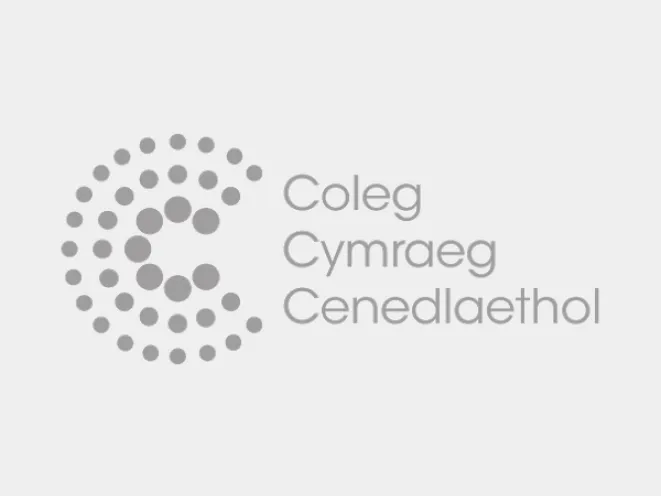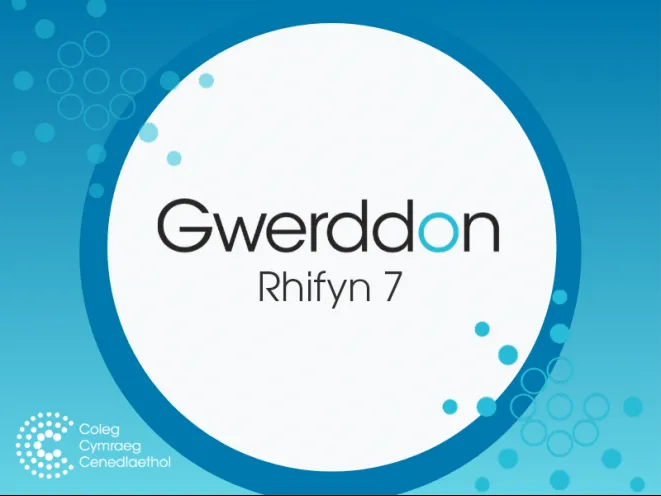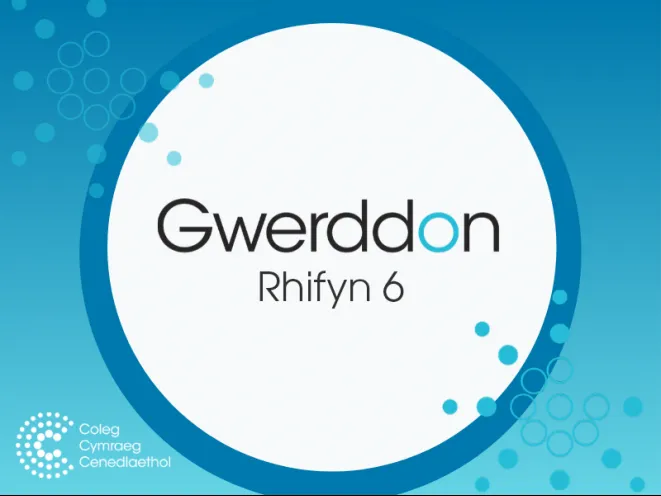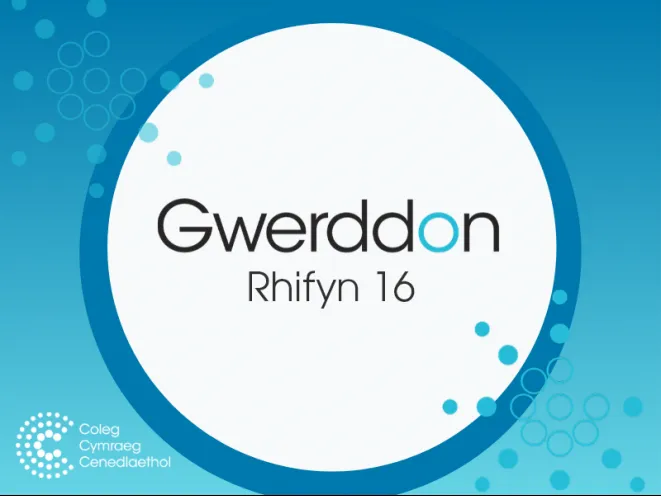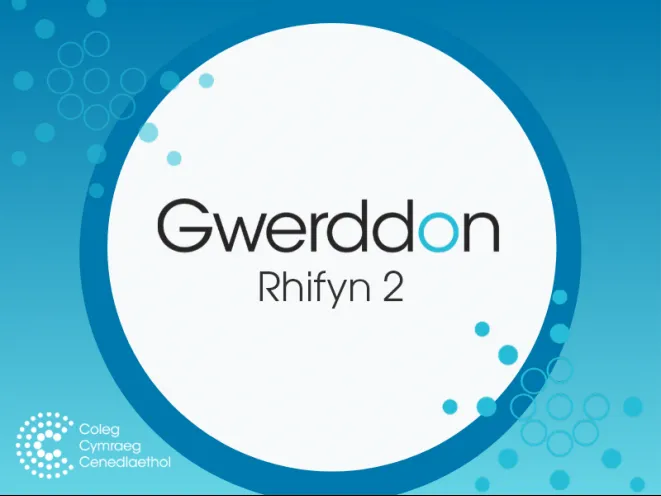Darlith yn trafod amodau moesol gweithredu anghyfreithlon, neu anufudd-dod dinesig, dros yr iaith Gymraeg. Dyma Ddarlith Goffa J. R. Jones, 1993.
Anufudd-dod Dinesig – Meredydd Evans
Areithiau Eisteddfod Aberafan – J. R. Jones (gol.)
Casgliad o bedair araith gan J. R. Jones, Siôn Daniel, Emyr Llywelyn ac Alwyn D. Rees a draddodwyd yn Eisteddfod Genedlaethol Aberafan ym 1966 yn trafod ymgyrchu dros y Gymraeg a lle gweithredu anghyfreithlon yn dilyn ethol aelod seneddol cyntaf Plaid Cymru, Gwynfor Evans.
'One Cry Four Voices': The influence of choral singing on health and welfare in Wales
Since the Nineteenth Century, choral singing has played a prominent part in Welsh culture and society. In the latter part of the Twentieth Century, there were increasing demands to consider the influences of quality of life and well-being on health. As a result, there is a growing field of research that considers the role of the community arts, and choral singing in particular, as social capital, and the way in which they can influence personal and social health and well-being. Due to this growing recognition, this article will consider research that examines the relationship between amateur choir-singing in Wales – as both a musical and social event – and general health and well-being.
Speaking the language of the home when the home is unaffordable
Over the last quarter century, housing has become increasingly unaffordable for thevast majority of people. This article seeks to address what has caused this situation, and what its effects are on the individual and on the community. It will also consider how unaffordable housing and the lack of housing opportunities for local people affects the Welsh language. The article will then consider the mechanisms that have been adopted both by the National Assembly for Wales and by the Whitehall Government to resolve the inter-related problems of unaffordable housing and local people being unable to afford to buy houses in their local area, and the extent to which these solutions provide answers to this dilemma that are sustainable in the long term. To conclude, suggestions of how to improve the existing frameworks will be proposed, along with more radical approaches to ensure that housing does not become a luxury commodity.
The Welsh language as a model for breaking the lack of use cycle in the context of minority languages
Using the contemporary status of the Welsh language in post-16 education and the administration of justice as models, the aim of this article is to identify a paradigm of minority language non-use that arises despite the formal provision of bilingual services and resources. Thereafter, weaknesses in this paradigm will be explored in order to evaluate how existing legislation and policies may be employed in a manner that facilitates a change in linguistic behaviour from that which normalises minority language non-use to one that maximises the opportunities for meaningful linguistic choices.
Cyflwyniad yr Athro Gareth Williams ar ysgrifau sydd wedi dylanwadu arno
Mae'r Athro Gareth Williams yn hanesydd disglair, yn arbenigo ar ddiwylliant poblogaidd yng Nghymru yn y 19eg a'r 20fed ganrif. Mae bellach yn Athro Emeritws Prifysgol De Cymru. Yma, mewn darlith a draddododd ym Mhrifysgol Abertawe ar 17 Ebrill 2013, mae'n trafod pa ysgrifau sydd wedi dylanwadu ar ei yrfa.
Bilingual education in the twenty-first century: A review of the international context
With the publication of its Welsh-medium Education Strategy in April 2010, the Welsh Assembly Government recognised the leading role of Welsh-medium education in the field of bilingual education throughout Europe and the world during the last fifty years. As the system further develops with increasing numbers of pupils choosing bilingual education in Wales, it is emphasised that it is important to be aware of the patterns and models available in other bilingual communities that successfully integrate bilingualism or multilingualism into their provision so that we can understand their relevance to our particular situation in Wales. This article gives an overview of the most recent developments in bilingual education in an international context and considers the important issues that emerge as this type of education continues to develop to cater for the needs of pupils in bilingual and multilingual communities throughout the world in the twenty-first century.
'Towards the light': Parents’ reasons for choosing Welsh education for their children in Cwm Rhymni
Welsh-medium education has long been seen as an effective language planning tool in order to transmit the Welsh language in Wales. According to the 2001 Census, there has been a substantial increase in the numbers of Welsh speakers 3–15 years old, especially in south–east Wales, since the 1991 Census. The aim of this paper is to elaborate upon this quantitative data by providing qualitative data with regard to the main reasons and incentives for parents to choose this educational option for their children. The study location is Cwm Rhymni, Caerffili county. A combination of quantitative questionnaires and qualitative in-depth interviews were administered amongst parents from the meithrin, primary and secondary school sectors in Cwm Rhymni. The reasons why parents choose this educational system for their children were cultural, educational, economic and personal. However, it is pertinent to note from the outset, that the parents chose Welsh-medium education for their children in this area for mainly cultural reasons, rather than economic reasons which featured heavily in past studies such as research by Williams et al. (1978) on bilingual education in the Rhondda. This study is the first in a larger corpus of work and one that hopes to address the existing lacunae in the Sociology of Language in Wales, especially as there is a lack of Sociology of Language studies through the medium of Welsh in Wales.
Health and lifestyle changes associated with ageing in rural communities: the emphasis on current concerns in ...
The rapidly ageing population has been identified as a major global challenge; within Wales there is a growing imbalance in the age-profiles of rural communities in particular. The demands of providing appropriate healthcare for a changing population are exacerbated by lifestyle changes associated with ageing, specifically low levels of physical activity, reduced exposure to the sun and compromised ability to synthesise vitamin D. This report focuses on two important health outcomes affected by these changes that are of increasing concern within Wales: diabetes (DM2: diabetes mellitus type 2) and falls incidence. The article critically reviews the evidence base pertaining to the relationships between physical activity, vitamin D, and both the pathogenesis of DM2 and falls incidence. Current interventions are discussed and a series of recommendations for service delivery within Wales’ rural communities are presented. We argue that there is a clear role for targeting these modifiable lifestyle factors in reducing the prevalence and severity of falls and diabetes, two growing areas of social and economic concern within Wales.
The effect of language on physical rehabilitation: A study of the influence of language on the effectiveness o...
In an area of Wales where 50% of the population is bilingual one community physical rehabilitation service had no Welsh-speaking therapists. An internationally standardised outcome measure was used to assess the effectiveness of rehabilitation in this area. This revealed that Welsh speaking patients had significantly poorer results from rehabilitation than non-Welsh speakers (p<0.05), while there was no significant difference where the therapists were bilingual. The results suggest that therapists’ ability to speak patients’ first language impacts on therapy effectiveness. The percentage of individuals who could speak Welsh referred (by health or social care professionals) was compared with the percentage of Welsh speakers which would have been anticipated given the percentage in the general population. Significantly fewer Welsh speakers were referred to the rehabilitation service than the anticipated percentage (p<0.001). Whilst this suggests professionals’ inability to speak Welsh may impact negatively on access to services for Welsh speakers, there may be other multifactorial psycho-social reasons to consider.
Welsh as a job requirement: An acceptable step from a liberal perspective?
Welsh as a job requirement: An acceptable step from a liberal perspective?
Policies introduced to revive the prospects of minority languages have often been the source of substantial disquiet. At times, objections to these policies are expressed in moral terms, with certain measures being accused of transgressing normative principles such as individual freedom and equal opportunity. Given their nature, these moral objections pose interesting questions for liberals. Therefore, how should liberals respond? This article will explore this question by focusing on one controversial aspect of language policy in Wales: the steps taken to set Welsh-language requirements for some jobs in the public sector. This is a practice which has generated substantial debate, with opponents claiming that it undermines the liberal commitment to equality of opportunity in the field of employment and, in particular, transgresses the principle of appointing on the basis of merit. Do such arguments stand up to scrutiny? Do minority language requirements in the field of employment go beyond what liberals would consider acceptable, or can a coherent defence that is clearly rooted within a liberal framework be developed?
Implications of changes in the age profiles of Welsh speakers
Aitchison and Carter’s analyses of the Census over the last decades have succeeded in making the main trends concerning the spatial distribution of Welsh known to everyone with an interest in the future of the language. Even so, some aspects remain unexamined. This paper is an attempt to give a different view of the trends by presenting a number of new analyses. In the first part, language production between 1991 and 2001 that is the effect of the education system, is examined. It is shown that the introduction of the National Curriculum in Gwent led to the biggest changes. In the second part, the geographical distribution of Welsh-speakers is looked at, especially those areas where more than 70% could speak Welsh. Some indices are introduced in order to quantify the situation and to explain the significance of those areas. Lastly, the implications of spatial distribution (or social network) to the use of Welsh is discussed by consideration of a little probability theory.

